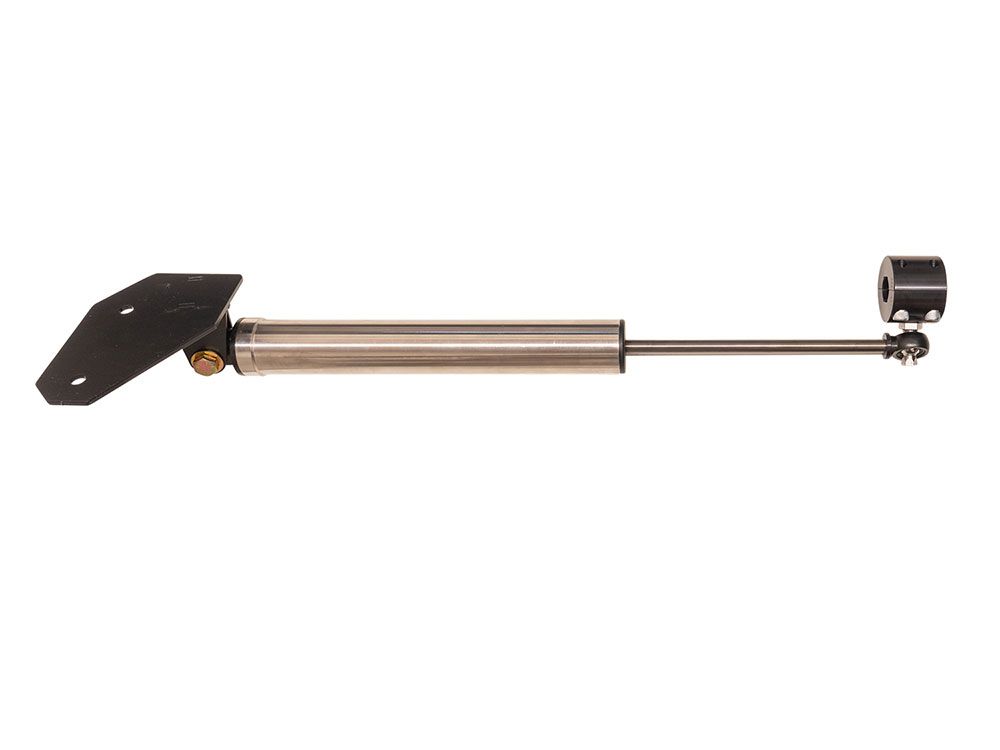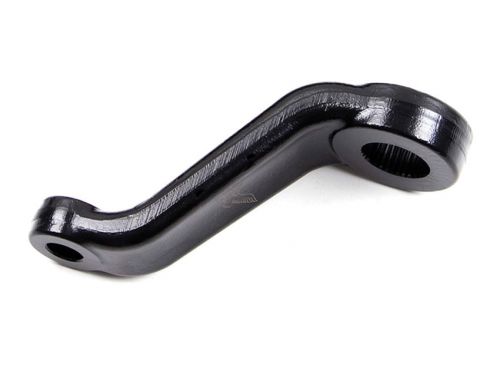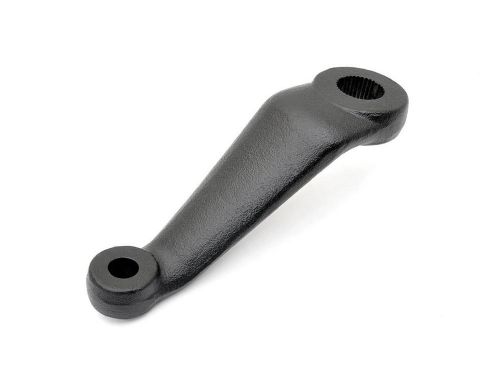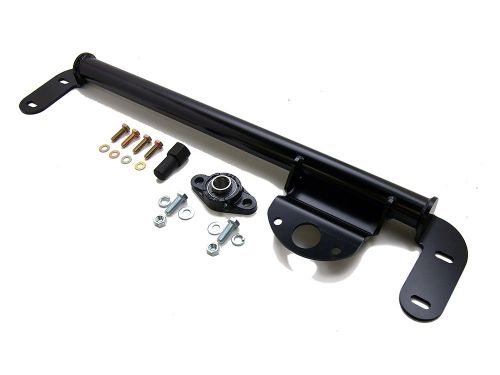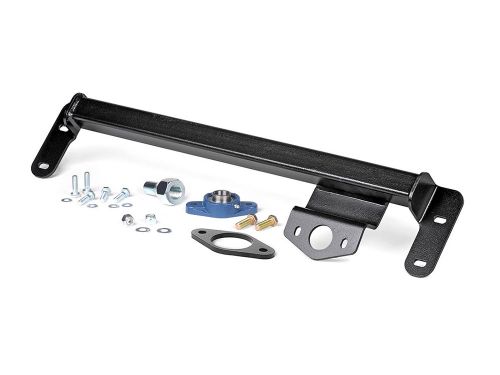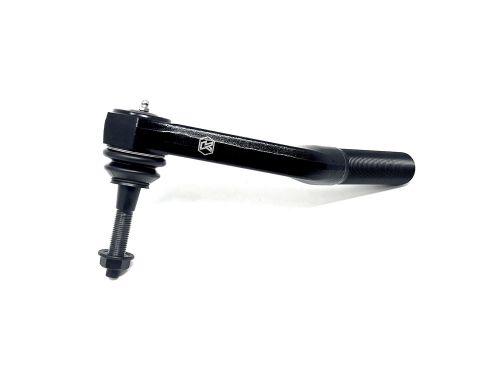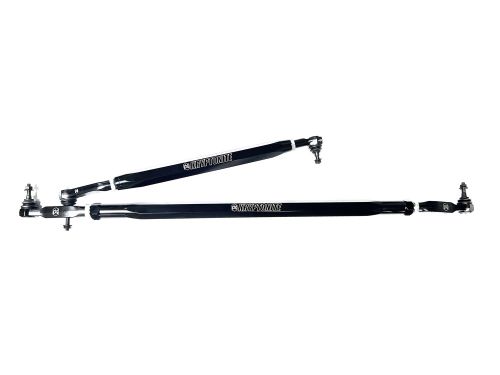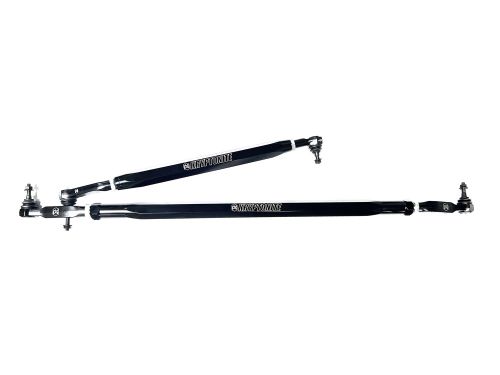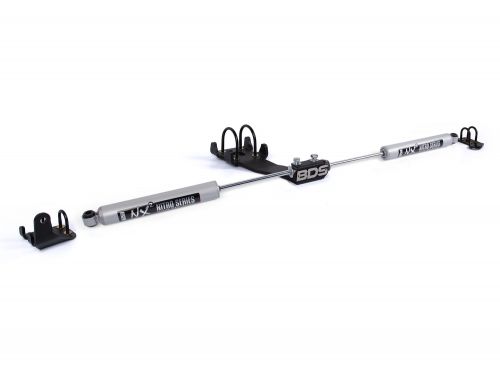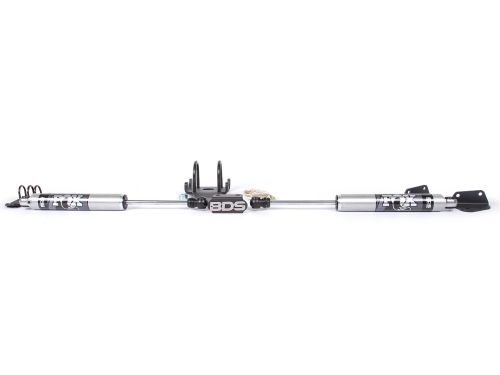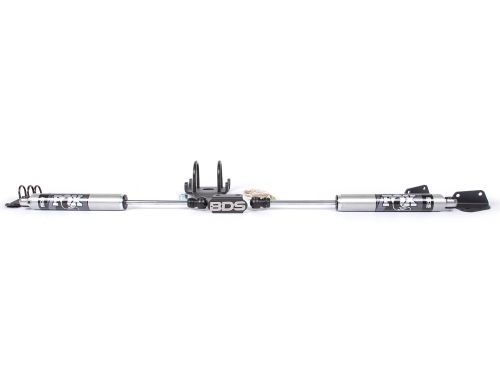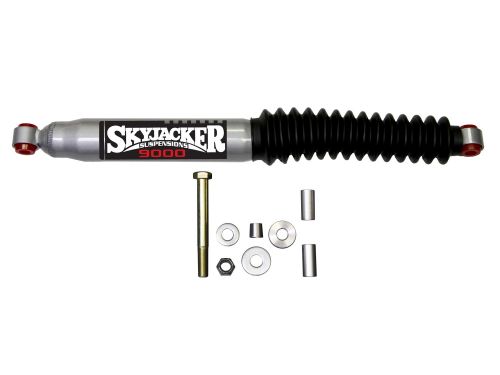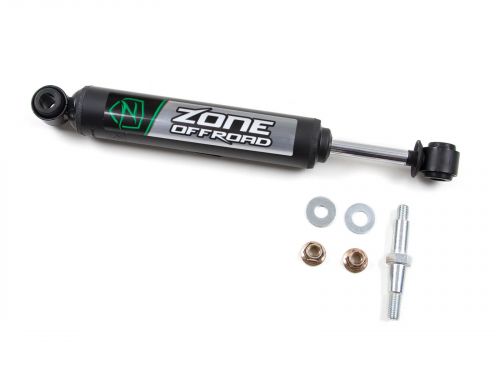Jack-it Pro Tips and Advice

Aftermarket steering stabilizers are available in two main types: Emulsion and IFP (Internal Floating Piston), both of which are "gas" charged and contain oil. Emulsion shocks are cheaper than their IFP counterparts but have limitations when used in horizontally mounted applications like steering stabilizers. When mounted sideways, the oil and gas mix, leading to poor damping performance as the piston moves back and forth. Emulsion shocks are commonly found in cheaper dual steering stabilizer kits, more for aesthetics than actual performance. They have smaller pistons, a shorter lifespan, and struggle to effectively control suspension or steering, but are favored for their affordability. On the other hand, Carli Stabilizers are all IFP Shocks, ensuring optimal utilization of proprietary valving technology. IFP shocks have a second piston, called the Dividing piston, internally separating the nitrogen cavity from the oil cavity. This design allows the shock to be mounted in any orientation, even on its side as a stabilizer. The adjustable nitrogen charge pressurizes the oil cavity, keeping the piston always submerged and efficiently engaging the proprietary valving.
Additionally, the nitrogen charge pressurizing the oil cavity enhances the oil's heat tolerance while preventing cavitation or foaming. This results in superior overall performance and longevity for Carli Stabilizers compared to Emulsion shocks commonly found in cheaper alternatives. Although a steering stabilizer is not a magical solution for a wandering truck or a fix for death wobble, it plays a vital role in increasing steering predictability while reducing volatility, road noise, and driver fatigue. Its primary purpose is to stabilize the steering, providing a smoother driving experience. Stock steering stabilizers are designed for stock steering systems and tires, but their effectiveness declines over time, especially with larger aftermarket tires.


